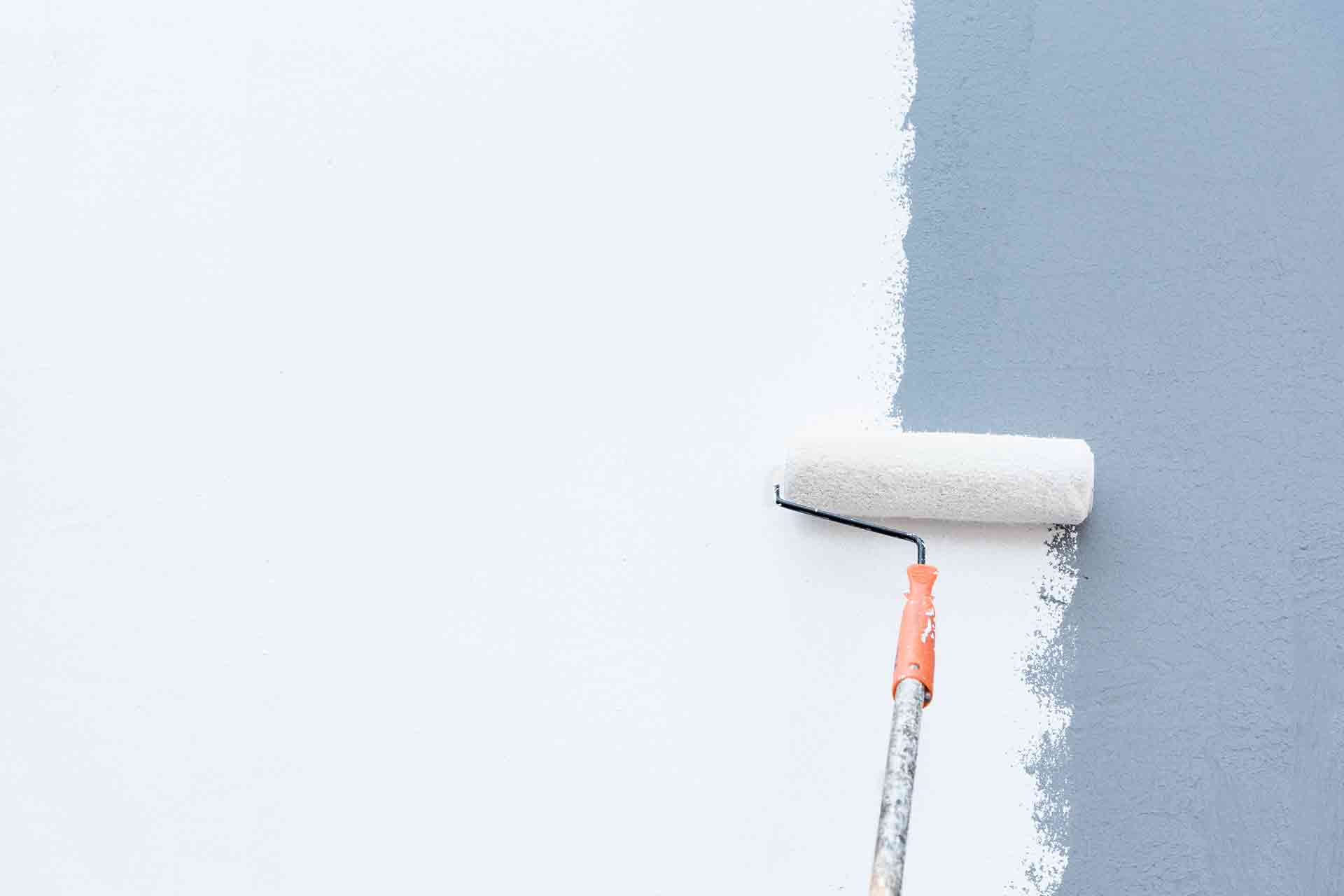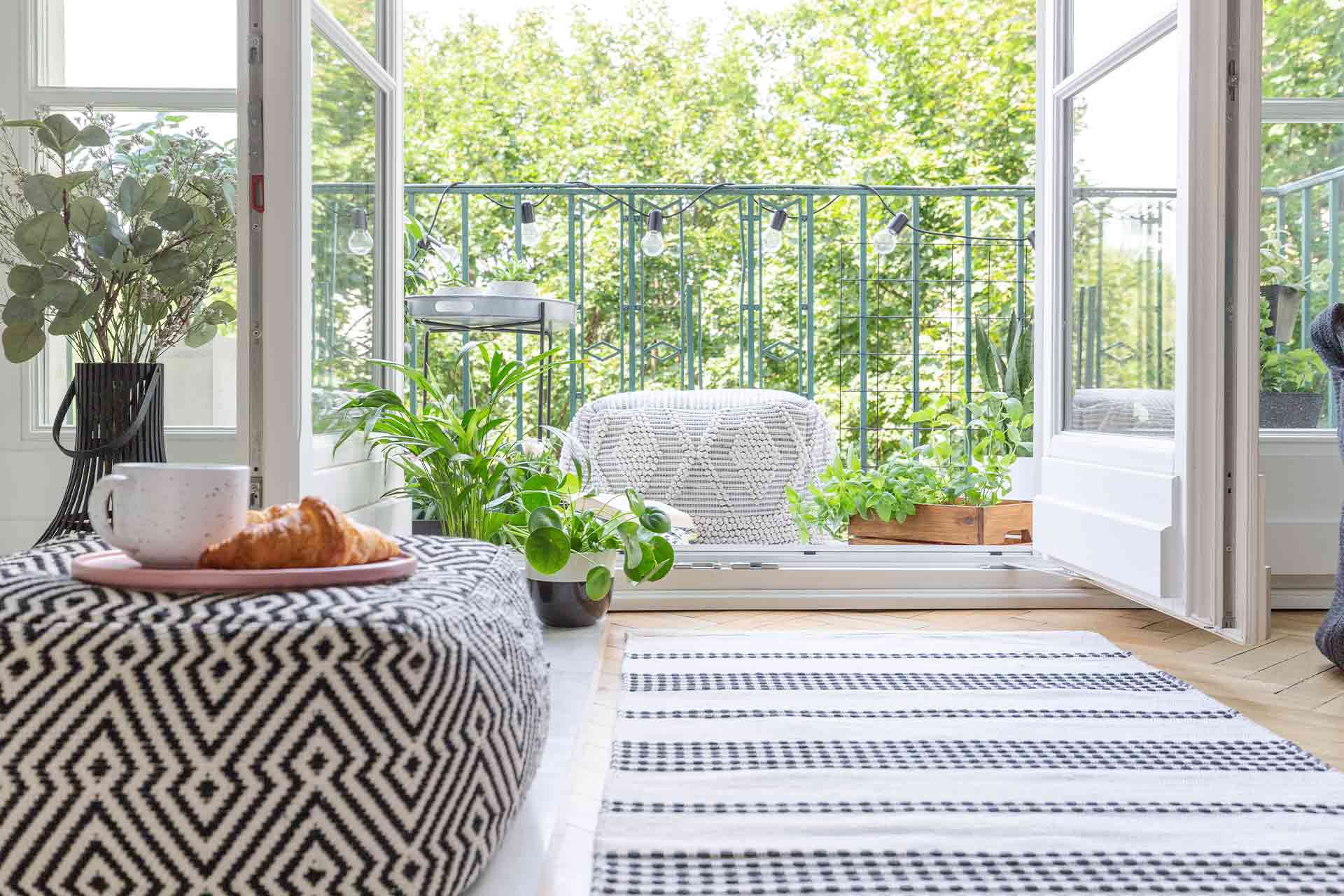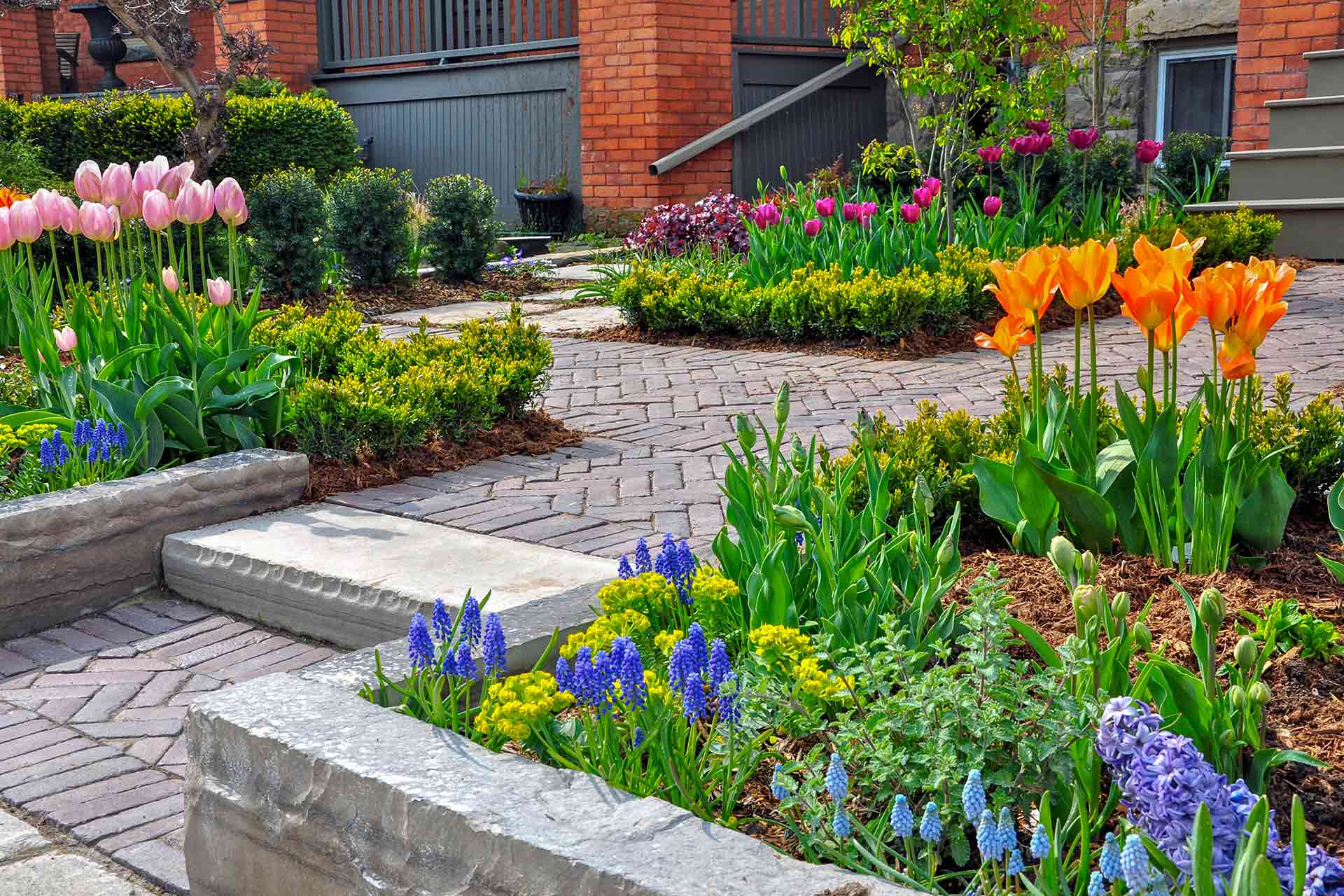Blog>How-To Guides>How to create a living wall
Last updated: 28 March 2024
How to create a living wall
Dreaming of creating a living wall in your home? We've put together a guide to show you how you can create your very own living wall in your home.
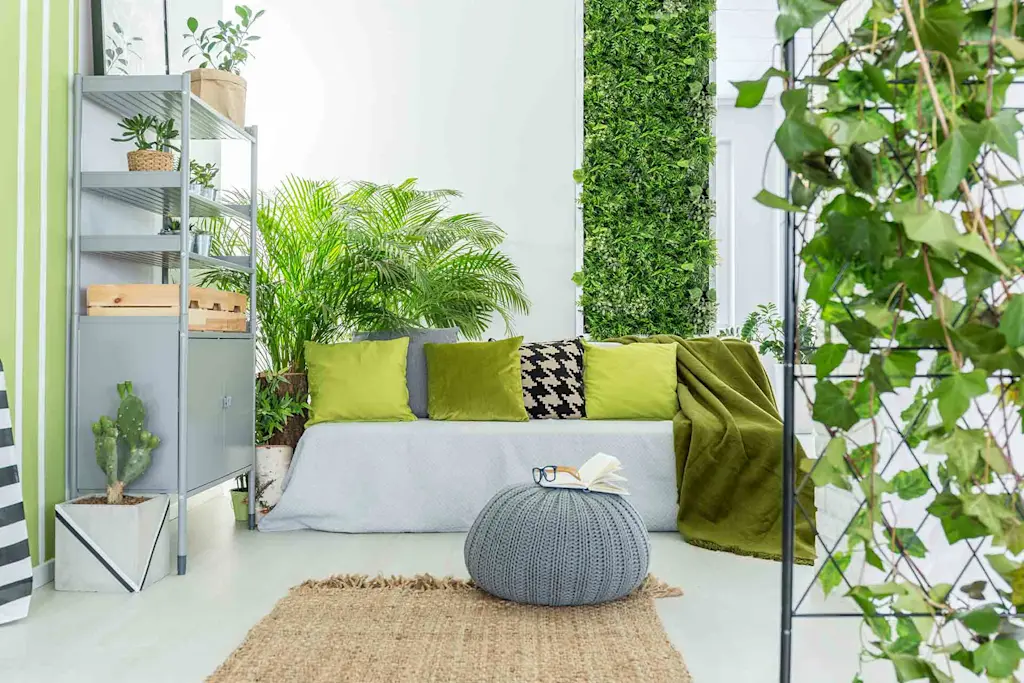
Living walls have become a huge trend thanks to the rich colour, texture and natural connection they can bring to both indoor and outdoor spaces. Not only do living walls look great, but they are great for the environment.
In this guide, we show you how to create your very own living wall in your home, whether it’s for herbs, vegetables, succulents, or perennials.
Planning your living wall
It's worth considering what you would like to use your living wall for. Do you want to grow vegetables on it? Or do you want to create an Instagram-worthy flower wall? Whatever vibe you're going for, there are lots of different options to match your style and space.
Then, you'll need to decide where you want to have it, how you're going to attach it, the frame you're going to use and the plants you're going to use.
If your plant knowledge is limited, then we recommend getting in touch with a professional landscaper. They will be able to advise on the best plants for the conditions they'll be in, so that you can have a thriving living wall that stands the test of time.
You'll also need to think about the logistics of watering your living wall. Some DIY kits come with a built-in watering system, such as a simple top box for filling with a watering can, or, you could invest in a drip irrigation system fitted to the mains.
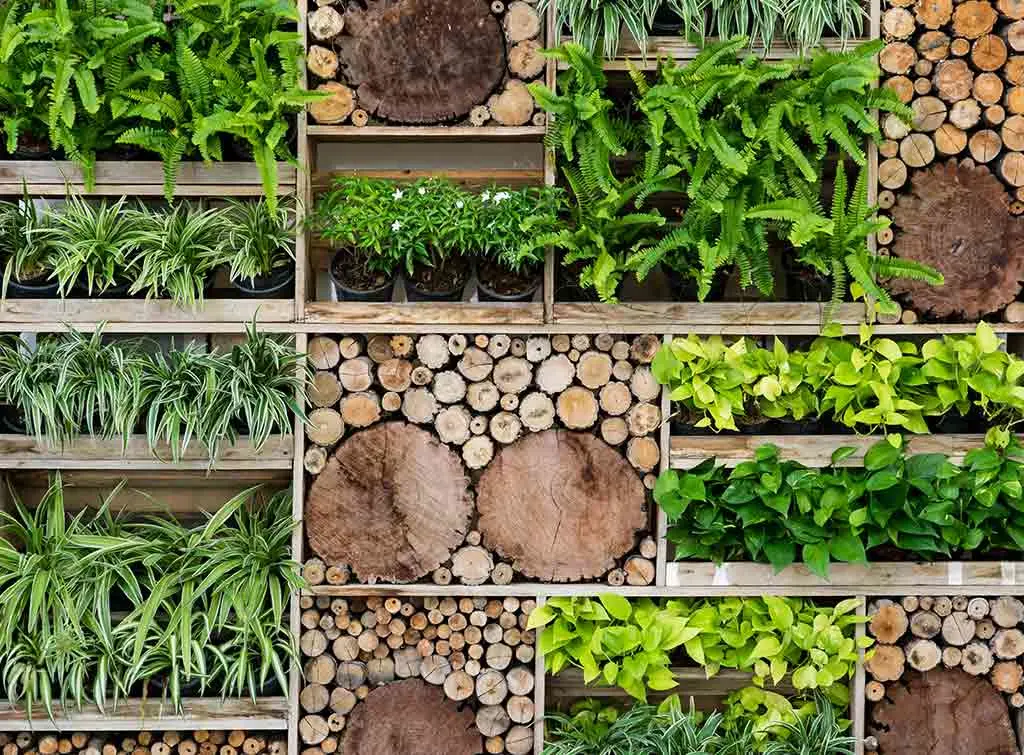
See the tradespeople we've checked and recommend for your job
How to make a living wall using pallets
Pallets are a great budget option and a sustainable way of reusing materials.
They're cheap and easy to pick up but don't compromise on style and impact. Follow the below steps for how to make a living plant wall using pallets:
Tools you'll need
Small pallet
Claw hammer or crowbar
Nails
Measuring tape
Pencil
Weed control matting
Scissors
Blu Tack
Staple gun
Potting mix
Fertiliser
Steps
Sand down the pallet
Measure a piece of weed matting to fit the back of the pallet, cut it to size, and tack it to the back of the pallet with a staple gun
Cut your weed matting to create pockets to fit inside the vertical supports on either side of your pallet. Tack them with a staple gun in place on the inside of both the front and backboards
Fill each pocket of your living wall with soil, pressing it down firmly so loose compost doesn’t fall out of the sides
Make small holes at the bottom of each drainage pocket using scissors. Keep the holes small so the soil doesn’t spill out
Now the fun part! Plant out your living wall with your chosen varieties and give them a good water with liquid fertiliser to start them off well
Your pallet should be able to stand on its own or lean against a wall. Alternatively, you can hang it on an indoor or outdoor wall to free up floor space
If you're not confident attaching your pallet living wall to the wall, then it's a good idea to hire a handyperson to secure it for you.
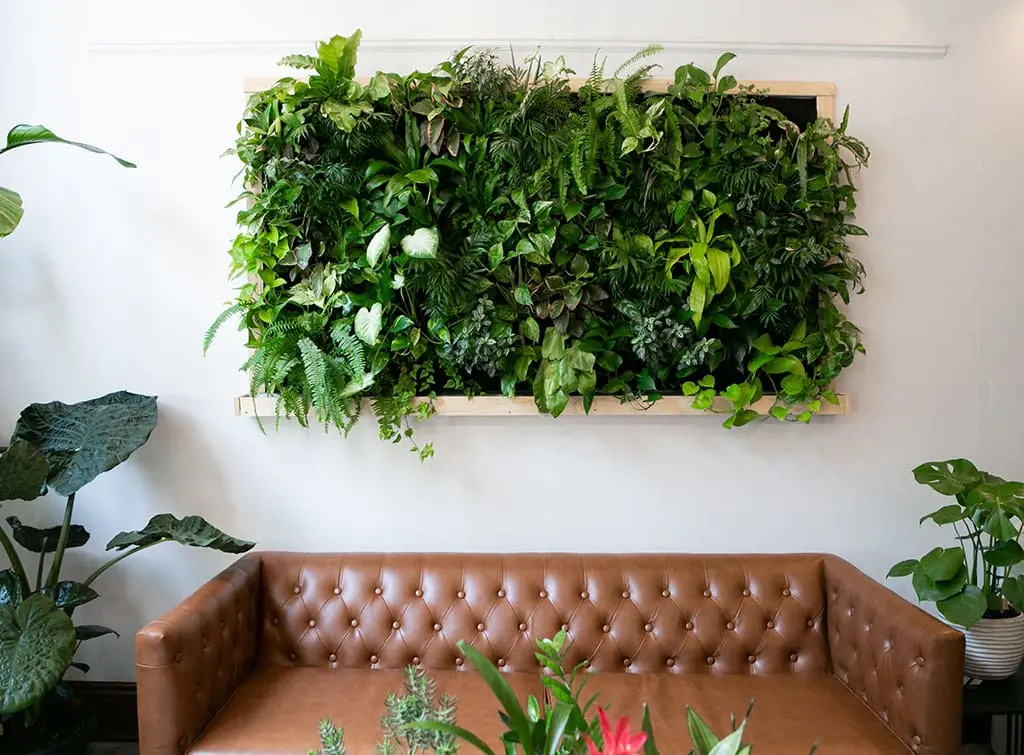
See the tradespeople we've checked and recommend for your job
Top tips on how to make a living wall indoors
Whether you decide to create a living wall using a kit or a living wall using pallets, water drips and soil spills are likely and could cause damage to walls, carpets, and other types of flooring.
Carefully consider where to install your living wall before planting it out. A carpenter or handyperson can advise and build you a secure frame for your indoor living wall to prevent damage to your walls.
The plants you choose should be relatively compact growers. We recommend plants that are 50cm or less that can cope with regular pruning so you can maintain the shape of your living wall.
Top tip: Plant them in a vertical formation so you can interlink your vertical lines for a tapestry-like effect.
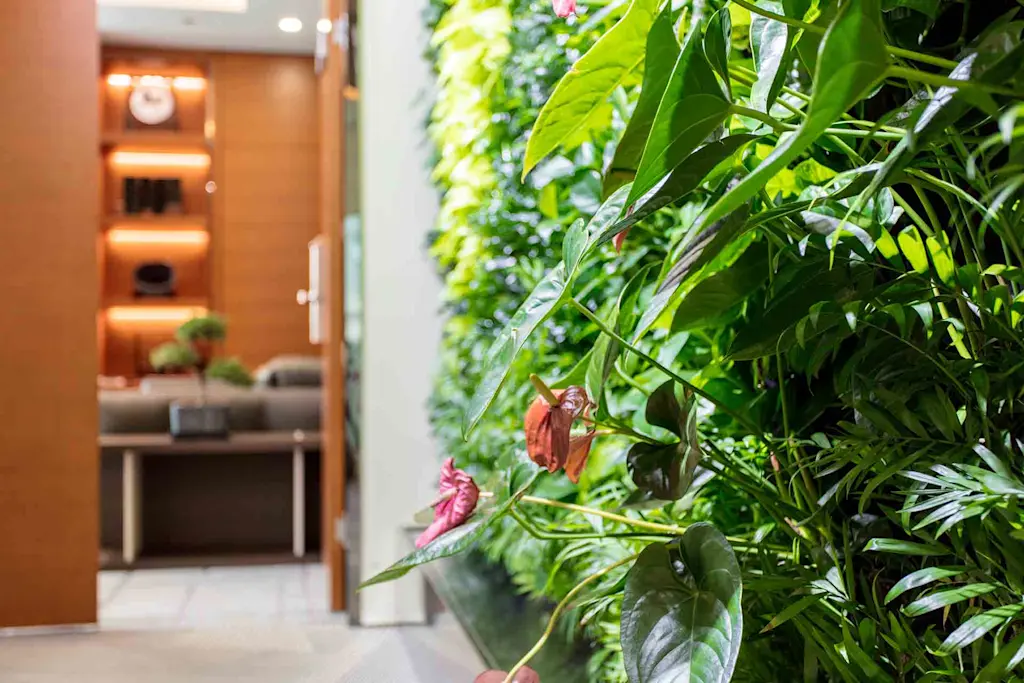
Top tips on how to make a living wall outdoors
Be sure to select plants that will thrive in the conditions of the location of your living walls. A good tip is to start with small-sized plants (ideally as plug plants), as this will make it easier for them to get established.
Once all of your plants are in place, give them a good watering with a liquid fertiliser to help them get properly established.
If you're at all unsure at any stage of creating your living wall and would like some expert advice, then use our free search feature to find a professional near you.
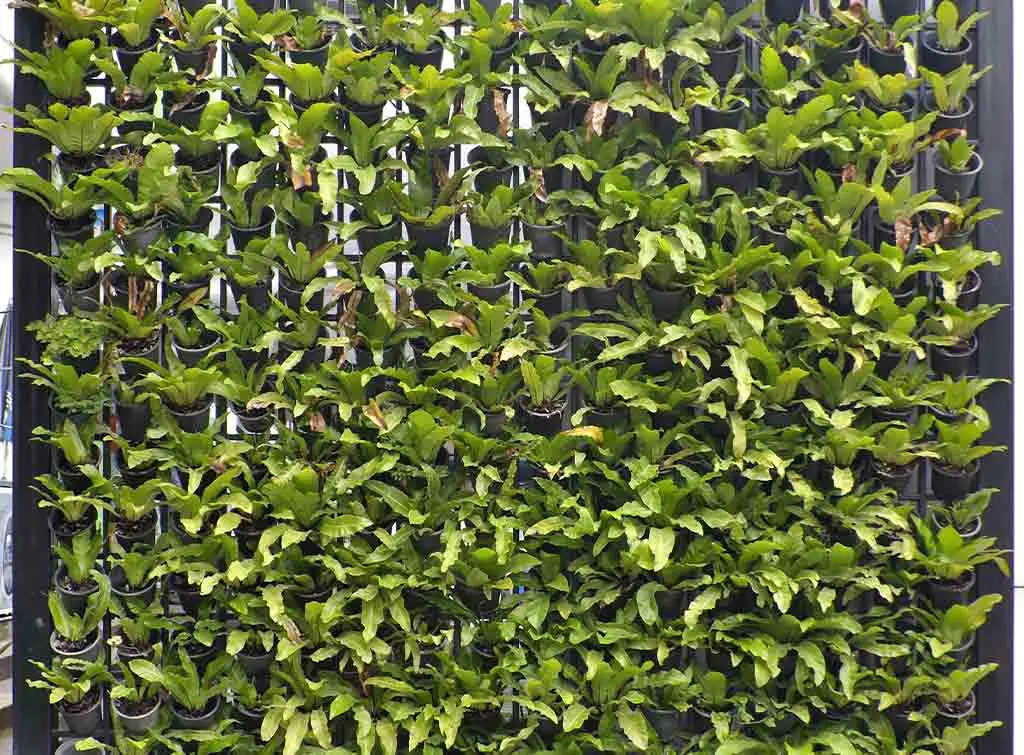
More How-To Guides
See the tradespeople we've checked and recommend for your job

